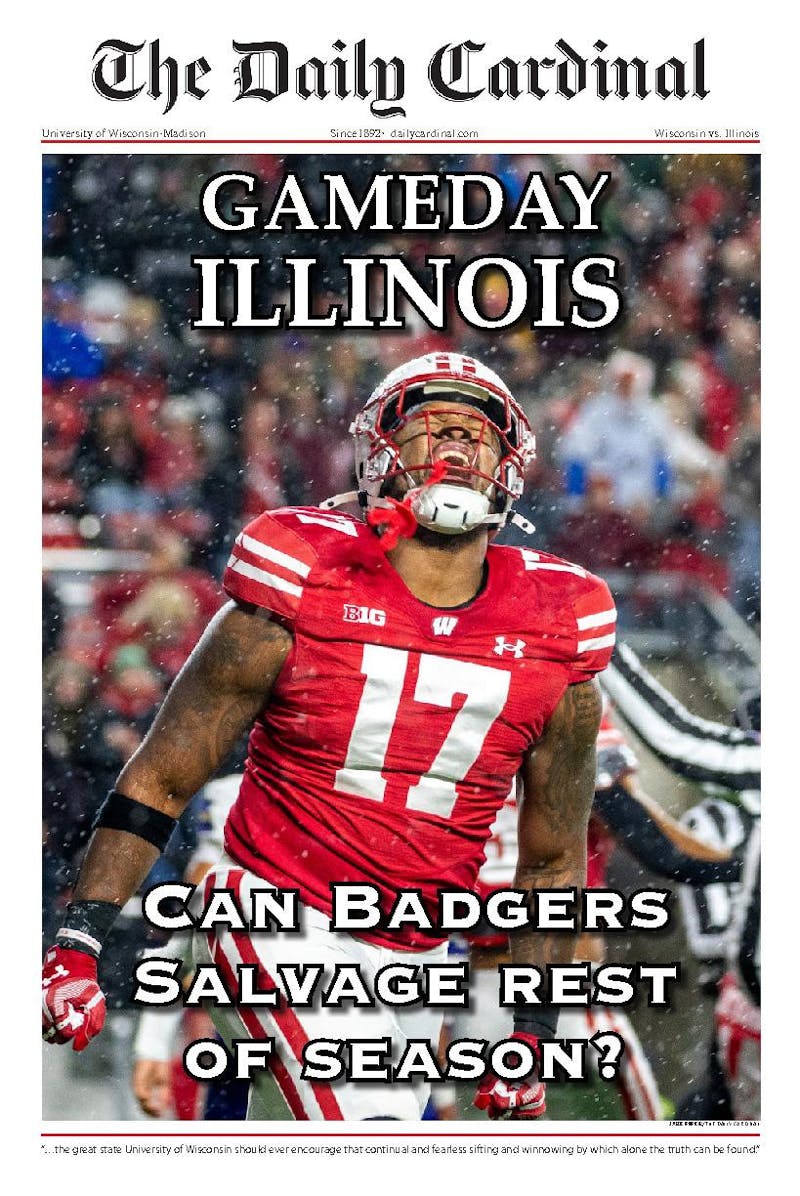Woe is us, right? Fulfilling your foreign language requirement here is crazy hard. I was all about taking Gaelic. I was thinking about accents, limericks and maybe a thousand ways to say and eat potatoes. It didn't matter that I had no clue what an indirect object was. I was going to show the kids on language #4945 what real conjugating was. I was high on sheer determination.
I learned better when I left my advisor's office. A kid was hanging outside, in the shadows, smoking a cigarette. He used to be real stand-up man on peer advising, but business was rotten. The fellow didn't have the stomach to see another poor kid signed up for Economics. I told him he needed a shave.
He pulled a red handkerchief out of his rumpled trench. I could see the pot was beginning to boil. He wasn't going to give me any fortune cookie advice.
His voice was low. ""There's a language... with pictures. You'll have to lose the sweatshirt,"" he said, handing me the handkerchief, ""and the surburban name."" I thought this guy was off his rocker, two sheets to the wind. I was a freshman. My University of Wisconsin sweatshirt was my sole source of identity.
With real gusto, though, I took to the pictorial language of the American vagrant, and to making sweet, sweet croons on the banjo. I became Cockamamie Carrie McCurls, also known as the Wisconsin Scourge, when it was advantageous to have some street cred.
By the deft instruction of my professor, Stink Mullins, who currently holds the plush-bum Mr. Sweets chair in American Hobology, I learned a whole new way of ""networking"" you'd never pick up between the book shelves in Grainger. During the Great Depression in the 1930s, a common, picture-based language evolved amongst the thousands of transients roaming the countryside and railway system.
Just outside of towns and along roads, travelers left messages that gave simple directions or information about the area. These semi-permanent Post-it notes were carved into wood or drawn onto rock formations and houses with charcoal. Hobos even left pictures on billboards when they first sprang up along the highway system.
Sometimes the messages are simple, directing other roamers to ""go this way"" or ""get out fast."" Other pictures can serve as important warnings, such as ""road spoiled, full of other hobos"" or ""police officer lives here, not kind to tramps.""
My T.A., Ol' Pliny Dance-for-Ham, claimed his life was saved when, in a feverous stupor, he stumbled upon a picture of a primitively drawn picture of a fat cat, which, of course, meant he had found the home of a ""kindhearted lady.""
In the end, I was glad to have my credit and be done with it. I can take to the dirty roads whenever I please, but they wear out more than your boots. I'm really a hipster at heart and nothing spoils campfire talk more than asking if the beans are vegetarian.





